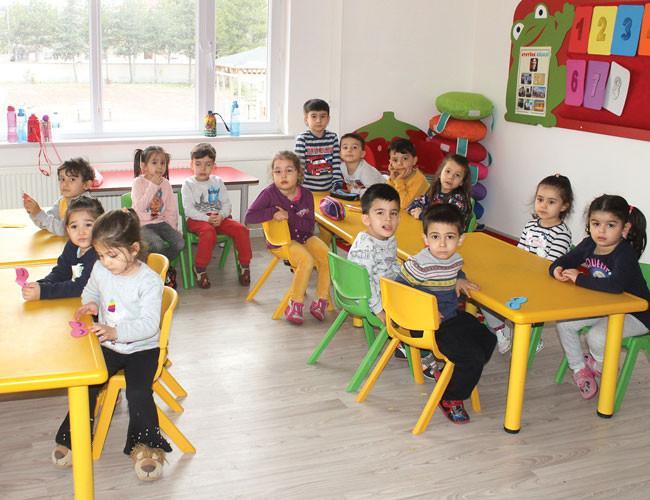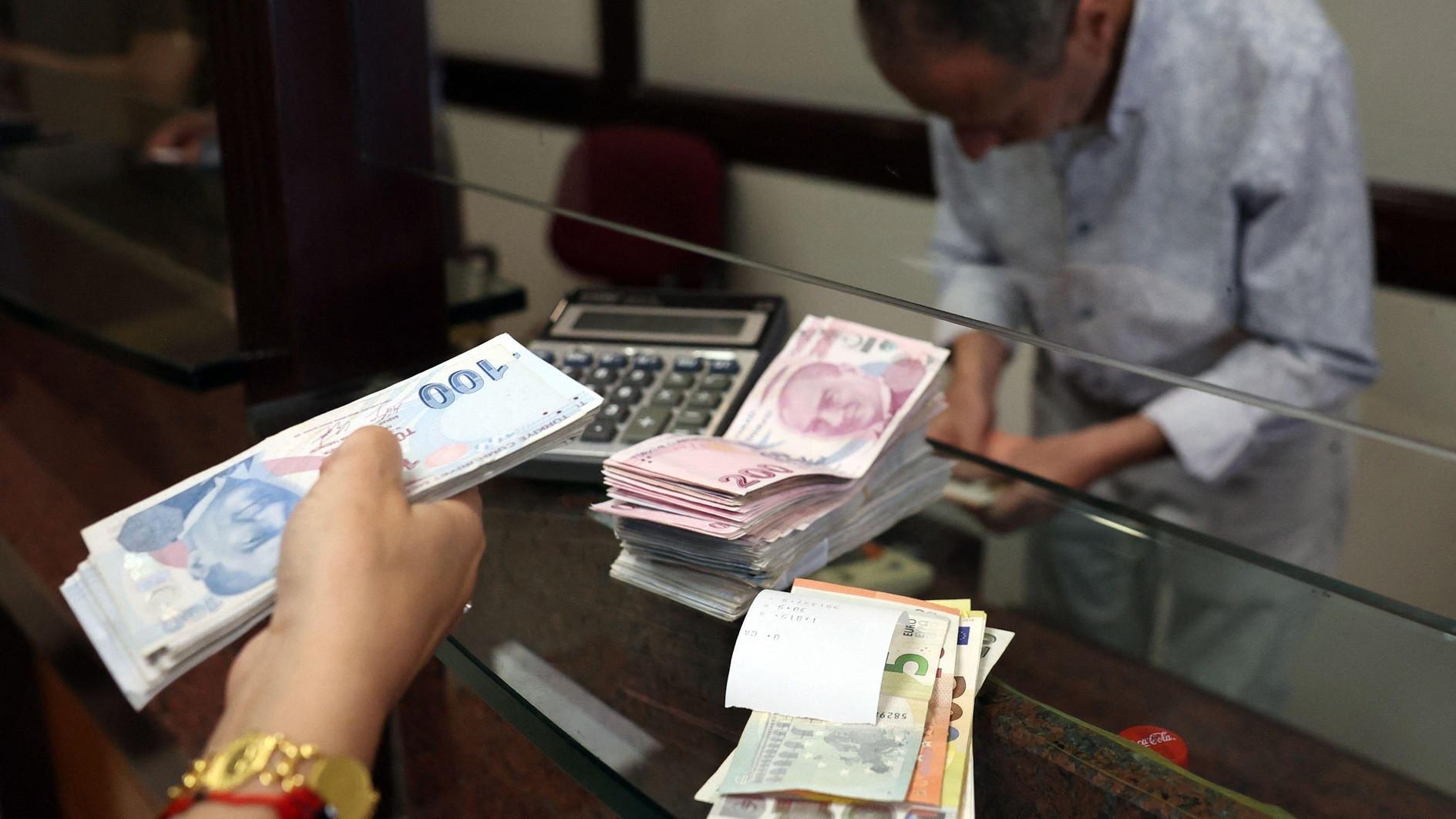Child population decreasing compared to total population in Turkey
ANKARA

New data has shown the proportion of the child population to Turkey’s total population has dropped to 28.3 percent in 2017.
By the end of 2017, Turkey’s total population was 80.81 million and the population of children aged 0-17, was 22.883 million, according to the results of the Address Based Population Registration System (ABPRS) released by Turkish Statistical Institute (TÜİK) on April 18.
In Turkey, the population of children constituted 48.5 percent of the total population in 1970, when the total population stood at 35.605 million. This proportion was 41.8 percent in 1990 when the total population was 56.473 million, 31.5 percent in 2008, 29.7 percent in 2013, and 28.7 percent in 2016.
According to population projections, the child population in Turkey is foreseen to be 27 percent in 2023, 23.3 percent in 2040, and 20.4 percent in 2060. The proportion of children is expected to drop below 20 percent to 20.333 million in 2080 when the total population is projected to be over 107 million.
The child population constituted 30.2 percent of the world population in 2017. Turkey shared the 97th rank with Iran out of 167 countries in terms of the proportion of child population.
Şanlıurfa and Şırnak on the top
The southeastern province of Şanlıurfa, with 46.7 percent, was pointed as the province with the highest proportion of child population by the TÜİK. Şırnak, another southeastern province, followed with 45.2 percent, and the eastern province of Ağrı was at third place with 43.7 percent.
In Istanbul, Turkey’s most populous province, the proportion of children stood at 27.9 percent. The proportion is measured as 26.3 percent in the capital Ankara and 23.7 percent in the western province of İzmir, which is the third most populous one in Turkey.
The province with the lowest proportion of child population was Tunceli, in the east, with 17.2 percent. It was followed by the northwestern border provinces of Edirne with 18.4 percent and Kırklareli with 19 percent.
Cost and quality problems in education
According to the results of national education statistics, the net schooling ratio at the primary school level was 91.2 percent in the 2016-2017 school year. There was no significant difference between sexes.
According to the results of the satisfaction of life survey, the proportion of parents who had problems about the cost of education was 34.8 percent in public schools and 42.8 percent in private schools.
In 2017, the quality of education was pointed out as the second biggest problem by parents. Twenty-nine percent of parents whose children are enrolled in public schools demanded for the quality of education to be improved. In private schools, parents pointed out transportation as the second biggest problem with 21 percent.
According to marriage statistics, the proportion of legal child marriages for females aged between 16 and 17 to the total legal marriages was 6.2 percent in 2013. This figure declined to 4.2 percent in 2017.
Popular names: Yusuf and Zeynep
According to the results from the ABPRS in 2017, the most popular male names given to newborn babies were Yusuf, Eymen, and Ömer and the most popular female names were Zeynep, Elif, and Defne.
For children who were born in the last 17 years, the most popular male names were Yusuf, Mustafa, and Mehmet and the most popular female names were Zeynep, Elif, and Yağmur.
















